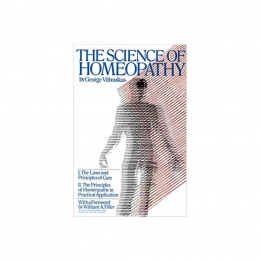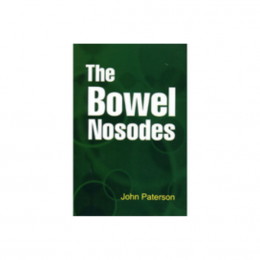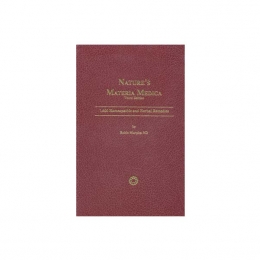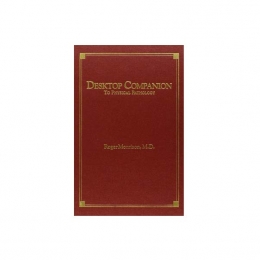The Spirit of Homoeopathy (Third Edition) - Rajan Sankaran, 1999
“For a long time there has been little original writing concerning the theory and practice of Homoeopathy...In Rajan Sankaran’s new book we have something refreshing and interesting, bursting with the ideas of this fabulous Bombay clinician...
The book is divided into four sections: Philosophy, The Mind, Case Taking and Finding the Remedy, and Materia Medica. A number of major themes can be traced throughout the book which is basically an expanded version of lecture notes from the last five years. These unfold as the author tells the story of how his ideas developed, starting with the insight that ‘potentized remedies have dynamic effects only’, and ending with examples of his Situational Materia Medica...
Sankaran is a master detective and, with a great knowledge of the Repertory, he uses the much neglected sections on delusions and dreams in new and imaginative ways, taking a remark of the patient or an observation and translating it into repertory language with great skill. The book is an inspiration for us to ‘free up’ in our use of the Repertory and to consider the meaning behind our patients’ remarks...
In his situational Materia Medica Sankaran puts into imaginative nutshells the basic delusions or unsuitable postures of a number of homeopathic medicines...
There are other ideas in the 44 chapters of Sankaran’s book. I have not mentioned his discussion of compensated and uncompensated symptoms, his use of dreams, his technique of case-taking, or the idea of polarities within a homeopathic medicine. Nor all of these ideas are new, but putting them together into his own framework Sankaran often makes them more memorable and more relevant.” -British Homeopathic Journal
367 pages, hard cover










